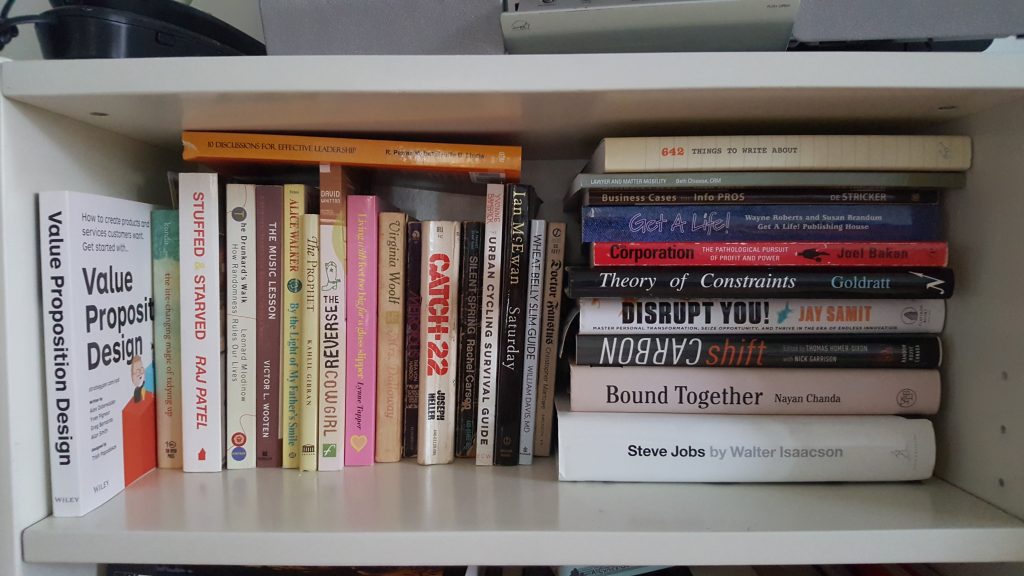Lately I’ve noticed a lot of people don’t carry cash anymore. To be fair, it’s easy to get around without having cash 90% of the time. All the things I love about paying with cash, are also some of the things that make electronic transfers seem more appealing.
I love cash because it’s untraceable and anonymous. It’s fast, easy, and instant. When somebody pays me in cash, the money is transferred instantly.
On the other hand, electronic transfers are amazing because they track everything. With electronic transfers nobody has to worry about having enough change, or getting more. In many scenarios, electronic transfers are also as fast, easy, and instant as their physical counterpart. Exact amounts can be transferred and neatly recorded with confirmations, account updates, emails, automatic postings, etc. This saves a lot of time for workers that would otherwise have to count, and reconcile, cash with transactions. It also creates a safer work environment because there’s nothing to rob.
Last week I was selling a few things online through kijiji.ca. Everybody paid cash except for one person who asked if she could do an e-transfer, to save her a trip to the bank. We loaded part of the purchase in her car. Then she whipped out her phone and set up the e-transfer. She showed me the confirmation on her smartphone. I didn’t receive it in my inbox until after she had left. Luckily everything worked out, even after I had to contact her to reset the password. However, I can imagine a few scenarios where things could get a bit sketchy selling stuff online.
I know a lot of people prefer cashless transactions. But this only works when both parties are set up to send and receive money this way. And there are just some scenarios when cash is a lot easier and more convenient. For example, farmers’ markets and yard sales are a great place to use cash.
For larger merchants, or even for people selling high-price items at a farmers’ market, being equipped to accept electronic transactions is a huge benefit and a necessity. Even people that carry cash on them, like me, might not have enough to buy the more expensive items.
Maybe I’m old fashioned, but I always like to have cash on me. It’s still a magic 4-letter word to me.

